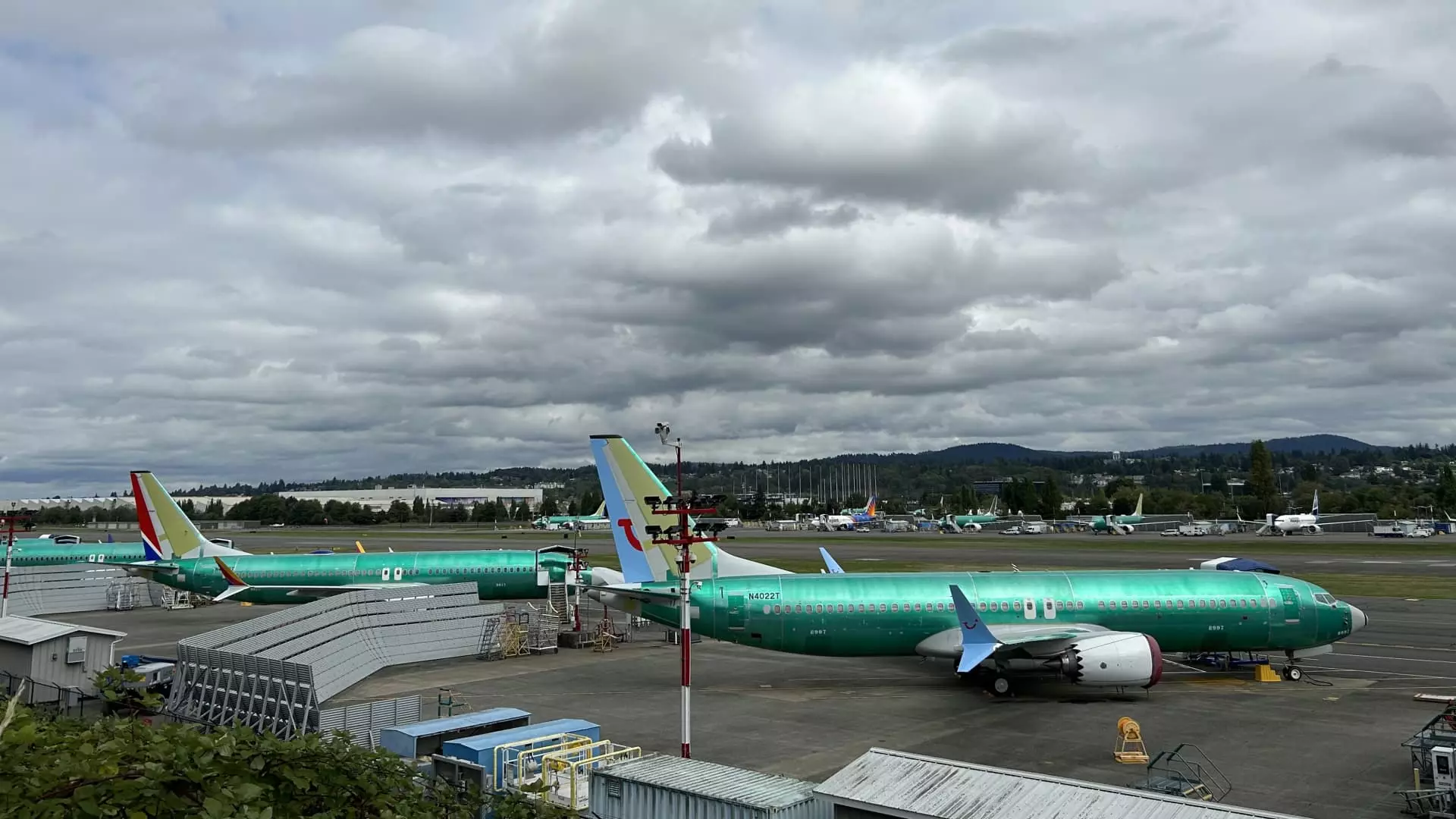Boeing’s performance in 2024 has been notably disappointing, with the company delivering a mere 348 aircraft to customers—significantly less than the previous year’s figures. This substantial decrease of about one-third highlights the challenges Boeing faces as it grapples with multiple crises, including a significant midair incident involving a door panel blowout and a machinist strike that halted production for nearly two months. Such setbacks not only impede Boeing’s ability to fulfill its delivery commitments but also widen the gap with its main competitor, Airbus, which reported healthy delivery numbers of 766 aircraft last year—the highest since 2019.
Both Boeing and Airbus have been struggling under the strain of a disrupted supply chain affecting the aerospace industry as a whole. While demand for aircraft remains robust, bottlenecks in production have made it increasingly difficult for manufacturers to meet their extensive backlogs. This situation will likely exacerbate the challenges for companies reliant on timely deliveries to support financial stability. Boeing’s delivery numbers are crucial since they represent the point at which customers pay the bulk of an aircraft’s price, posing significant implications for the company’s cash flow and profitability.
Despite the rocky start to the year, Boeing managed to deliver 30 airplanes in December as production ramped back up for its 737 Max model. This increase came on the heels of the machinist strike, which had halted production but was resolved just in time to reclaim some of the lost momentum. However, the uptick does not fully mitigate the consequences of the earlier setbacks, indicating that Boeing still has a long road ahead in regaining its standing within the industry.
In a bid to offset the crisis, Boeing logged 142 gross orders in December alone, an encouraging sign amidst a challenging landscape. Notable among these orders were 100 737 Max jets for Pegasus Airlines and 30 787 planes for flydubai. However, it is essential to note that Boeing also had to remove over 130 orders from its books tied to Jet Airways, adding a layer of complexity to their order management. In total, Boeing reported 569 gross orders for the year, translating into 377 net orders when accounting for cancellations and adjustments.
In comparison, Airbus reported a far stronger performance, with 878 gross orders and 826 net orders for the previous year. This stark contrast between the two manufacturers not only highlights Boeing’s current difficulties but also emphasizes the shifting market dynamics within the aerospace industry.
As Boeing prepares to face investors, it must articulate actionable plans to ramp up production effectively and restore profitability. Questions are likely to arise regarding how the company intends to navigate ongoing supply chain disruptions and enhance its operational resilience. Developing a strategic roadmap that addresses these challenges will be pivotal for Boeing to regain competitive ground and reassure stakeholders of its long-term viability.
While Boeing’s delivery numbers for 2024 may reflect a moment of crisis, the company’s ability to innovate and adapt to shifting market conditions will ultimately determine its future success in the fiercely competitive aerospace sector.

